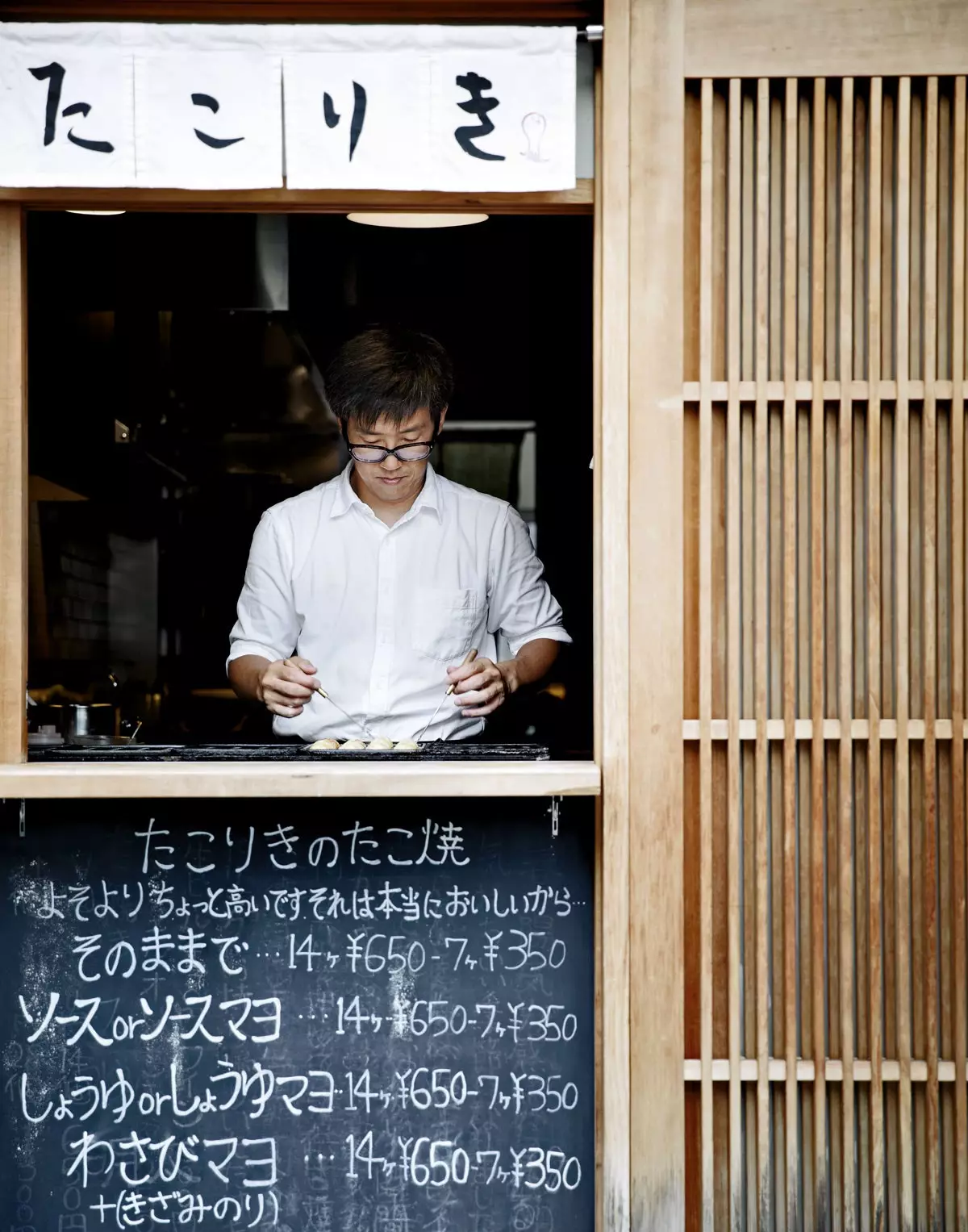
everything is born here
Once upon a time there was a tiny restaurant located in the textile district of the Japanese city of Osaka . Since 1935, its owners have served affordable, home-style dishes yoshobu –Japanese versions of Western recipes like omurice , fried rice wrapped in a kind of tortilla – to his loyal guests.
In 2003 the old owner put the business in the hands of his son , who had already been working as a chef in Europe for some time. Now his successor had plans of his own, big plans. However, the parishioners did not show the same enthusiasm towards this new contemporary European cuisine. without giving up, the successor tenaciously continued his innovative point of view . And so he gained new followers along the way. Today the restaurant already has three Michelin stars.
This is the story of Tetsuya Fujiwara , the fourth generation of the owner of ** Fujiya 1935 **, the restaurant where I enjoyed a dizzying meal with both European and Japanese ingredients: I still remember with amazement a parsley root starter embedded in crab heads. From the omurice to the grande table in less than a decade. Very typical of Osaka. Japan's second city is permanently moving one step beyond the rest.
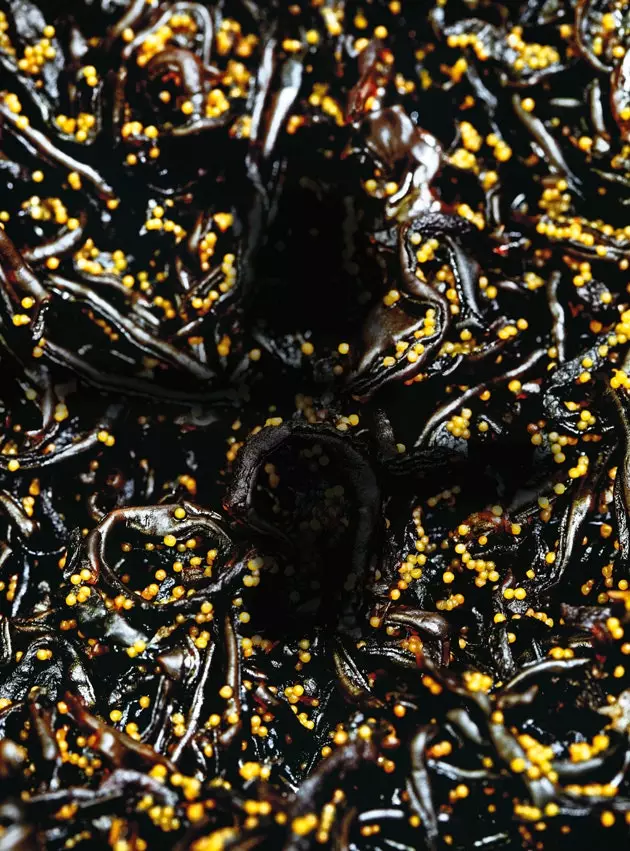
Algae in Fujiya 1935
Its inhabitants walk fast, talk fast and eat fast . This is the birthplace of instant ramen , of the country's first canned beer, the spiritual home of conveyor belt sushi and stand-up bars. And it is also world famous for delicacies such as takoyaki and okonomiyaki . As one local said: “The true essence of their food is that it is affordable, fast and delicious”.
there really isn't much There is more to do here than eat and shop – perhaps visit the Momofoku Ando Instant Ramen Museum. There is little in terms of culture, almost no parks, no open spaces . Even the castle, while fascinating, is a recreation. There is hardly anything to distract you from the quintessence of entertainment in Osaka: kuidaore, or literally, eat yourself broke . It's kind of my city.
Indeed, Osaka is not only a fast food paradise . In addition to being the home to some of the most creative and sophisticated restaurants in Japan , Osaka is the birthplace of a unique type of restaurant called kappo , which have transformed the high-end dining scene in New York, Paris and London. For those who feel bored with the gastronomic world, I can't recommend anything better than shock therapy in Osaka.
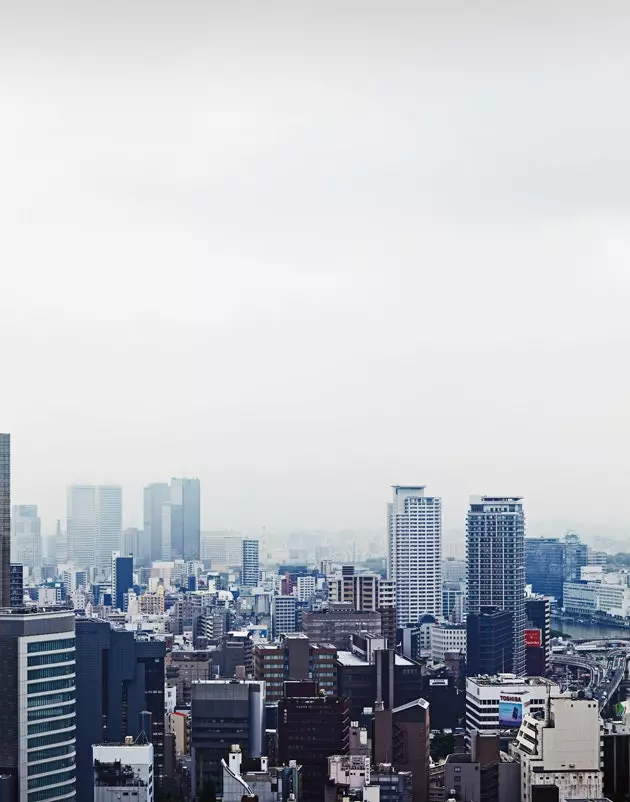
In Osaka there is not much more to do than... EAT
The norm dictates that you should start at Dotonbori , the Las Vegas-esque food street with giant statues of waving crabs and floating puffer fish. The **Cross Hotel**, where I stay for the first half of my trip, is a short walk away, so my first night I mingle with the out-of-towners, the whiff of burning oil and the clamor of the arcades. of pachinko (much like pinball) .
Dotonbori synthesizes the cheerful vulgarity and the unbridled appetite that characterizes the Osaka food scene. However, the most refined restaurant in the city is of a very different nature. ** Kashiwaya ** is located far from the center, in an unexpected residential neighborhood located north of the iodine river , where I wander lost among the latticework of gray houses until I finally locate the entrance to a small Zen garden.
Kashiwaya's private tatami, with a multi-course kaiseki seasonal menu , is located 50 kilometers from the city. "We have often considered moving to Kyoto," says the chef Hideaki Matsuo , bursting out laughing when I mention the fact that his restaurant has this amazing location. “Nowadays we have a lot of clients from Kyoto, so they already know us by our address.”
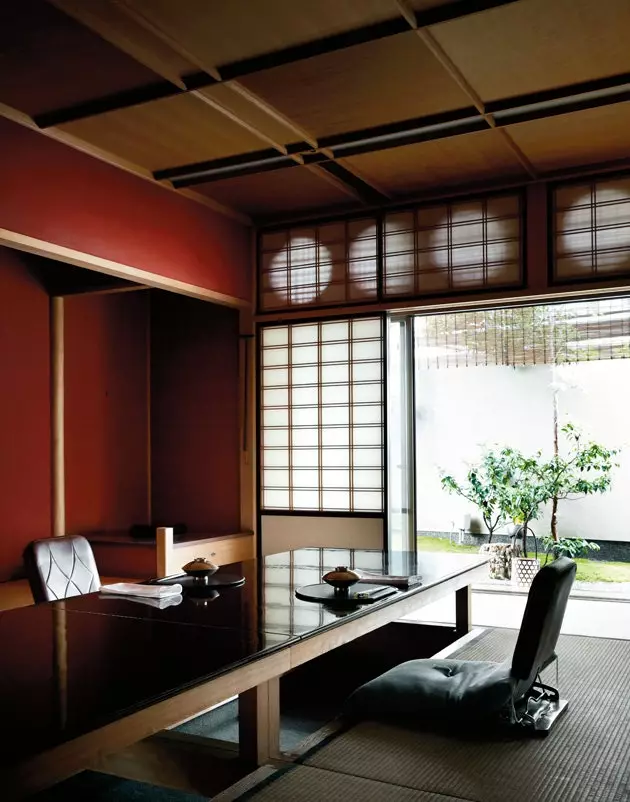
Kashiwaya's private tatami
When spring begins to awaken nature, Matsuo explain what the menu has been designed to guide its guests towards the new season , with pillow-soft puffer fish roe dumplings, mustard green sprouts and a plate of baby conger eel, and finally a corkscrew of noodles. I also indulged in my favorite Japanese food, yuba (tofu skin) and other expensive delicacies such as abalone, crab and Matsuo's favorite : the local prawns.
“I'm trying to do something that's more satisfying than money,” Matsuo says, over green tea the next day – with the yen soaring these days, three-star food translates to a bill of about €80 per person –. kaiseki it's a way of telling stories, he adds. Each dish has a meaning. “My regulars get it, but lately some people just don't seem to. So I have to explain each of the dishes to keep their attention.” He points to the double-ended chopsticks on the table. “ Did you know that it means that you are sharing your food with God? It takes a while to understand the meaning of this type of cuisine. You learn a little more with each visit. What happens now is that many arrive either by chance or by crossing the restaurant off a list of recommendations”. She says it without accusing anyone , nor with rancor, although with a certain melancholy resignation.
In Kashiwaya food is displayed like a zen meditation around the evolution of the seasons, culture and the arts. With the hum of the air conditioning in the background that accompanies my sighs of pleasure, the experience translates into a content and delicious night, perfect for reflection.
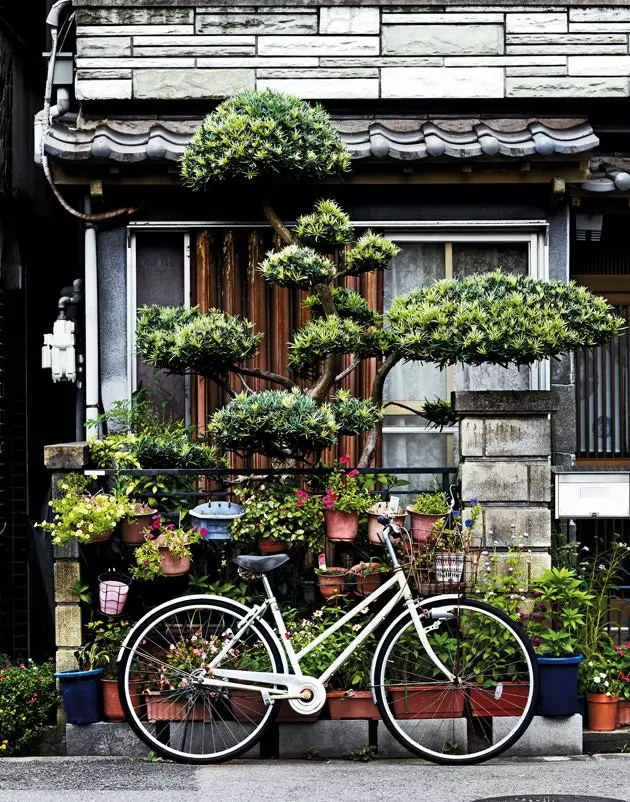
Facade of one of the houses in Ikuno
Though it was intellectually stimulating, I can't say that Kashiwaya is the most influential restaurant in Osaka. That title should go to one of its many kappo-style restaurants.
Kappo, literally, “cut and cook”, It refers to a space with a bar where the chef and her assistants prepare a closed menu of several dishes in front of the diners. Some speak of a tradition that dates back to the Middle Ages, when samurai proudly displayed their culinary skills. In any case, what does seem to be proven is that the kappo developed in Osaka in the 19th century, parallel to the sushi bars in Tokyo.
While the quasi-spiritual nature of kaiseki restaurants can be somewhat intimidating (remember, with the pity of the proverb If not for Divine Providence , I would be lost, to that Australian diner who entered one of them on her knees) , the kappos are friendly and informal. The food is refined and beautiful, and the attitude is far from reverential. The cooks chat with the customers, who in turn chat amongst themselves, exchanging pleasantries and refilling each other's sake glasses.
The influence of the kappos is reflected throughout the planet: in the chain L'Atelier de Joël Robuchon (their first headquarters on the Parisian Rive Gauche opened in 2003, today they have all over the world), in Momofuku Ko in New York and, of course, at the tables of today's star chefs.
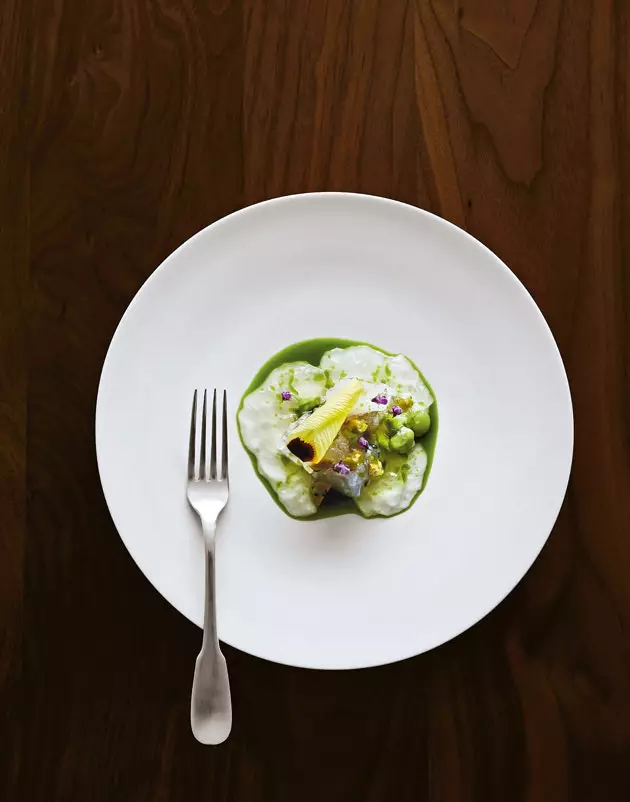
Sea bream with basil rice oil in Fujiya 1935
In Koryu , in the night district of Kitashinchi, around a dozen people talk sitting at the bar where the chef Shintaro Matsuo (nothing to do with Hideaki) and his assistants serve dishes that, in his own way, alternate between serious and fun contemporary classics. Sometimes they seem to be a challenge, like the wild boar bacon with mustard and prawns waves raw monkfish liver slices or, a very underestimated ingredient in Europe and very expensive in Japan. The feast begins with a sashimi scenery , which is served next to a Chinese house sprinkled with artificial snow and amazingly tender squid. One of the dishes on the menu, a tiny vinegary fish full of bones served cold encapsulates one of many travelers' common fears about Japanese cuisine, but when I watch the team prepare the next one – a sour-tasting soup that sends shivers down my spine – the bad thoughts recede altogether.
A little later, I wander in Kitashinchi's labyrinth of hostess clubs with a certain feeling of dizziness. Like on the plate sashimi, it was snowing lightly. Even so, there is still a lot of life in the streets of what used to be the geisha district (they tell me there are about ten left). As I pass, I find shops selling souvenirs like socks and fruit baskets, and on every corner, men in dark suits walk around with their headphones on. Occasionally a door opens letting out a column of tobacco smoke and smooth jazz . Or a girl in a tight pink dress, swaying and dangling on the arm of some short, fat, older man before plunging into the interior of a brand-new black Toyota Century.
My destination here is a bar recommended to me by a friend from Osaka: flute flute it's a tiny basement dedicated to champagne and soy sauce . Here I tried some of the 100 types of sauces stacked on the bar , from those that taste like olive oil, or grape juice, to smoked or white soybeans, which defy all the laws of physics. For me the best was Shimonoseki Harbor sea urchin . It is without a doubt the most flavorful substance umami of the planet Earth. “Why do you think champagne goes with soy sauce?” I ask one of the owners. "Easy. Both are fermented. It is a well-matched marriage, ”she smiles.
I can say that kuidaore is my mantra in Osaka. However, I have no intention of going all the way to eating myself broke. Fortunately, this is by far the best city in Japan to eat affordably thanks to its sacred and classic trinity, which is based on a wheat base: okonomiyaki, takoyaki, kushikatsu.
The first is a kind of pancake made with nagaimo (sweet potato), grated cabbage and, traditionally, pork and squid. The okonomiyaki Osaka-style is mixed at the table before being placed on a built-in hot griddle in front of the diner. While monitoring the cooking, you can add Japanese mayonnaise, pickled ginger, nori, dried tuna zest, etc. The takoyaki they are tasty little balls cooked with the same kind of batter and a piece of octopus in their searing filling. They are sold in lots of eight, in comfortable cardboard containers, and it is one of the few street foods unanimously accepted by the Japanese . The third delicacy, the kushikatsu, It basically consists of fried and battered skewers of meat, vegetables and seafood.
Each member of this sort of gastronomic triumvirate is presented with their own irresistible and appetizing mahogany-colored sauce with a fruity and tart flavor. Imagine a substance with the addictive power of Pringles and amphetamine . The first two dishes are served with a thick and generous layer of sauce and, for dipping the kushikatsu, a lighter version.
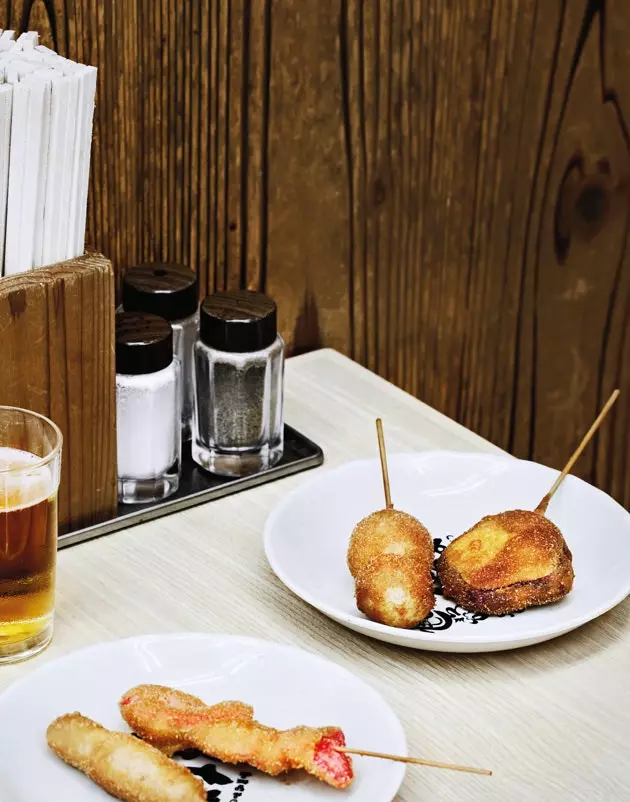
Beef skewers with sweet potato in Daruma
One night I go out with the translator of my books, Nobuko Teranishi, his daughter Yuko , and a mutual friend, Hiroshi, who helps me with my cooking show on Japanese TV. I know from experience that Hiroshi's mischievous smile while he's ordering signifies the warning that precedes a taste challenge, just as it does at your favorite okonomiyaki restaurant, Onomichi Murakami in Kitaku , where he ordered a side of strong cheese and backpacks (delicious rice desserts) . In the end I ate all the pieces one by one.
What follows is a summary of a couple of days: another afternoon, another friend and another fast food, this time with Kazuhiko Nakagawa , the paternalistic representative of the Standard bookstore in the modern neighborhood of amerikamura . Raised in a family that ran an okonomiyaki restaurant and a takoyaki stand, he knows what he's talking about when it comes to fast food in Osaka. “The secret of a good okonomiyaki and takoyaki is that the batter contains an appropriate homemade dashi – the broth from the infusion of dried konbu seaweed and grated dried bonito–” , he tells me he.
We sat on little blue Kabuki stools , a restaurant in the Ikuno Hondori Shotengai (shotengai means 'undercover shopping street') . It was there that I tasted and was delighted with an exceptional okonomiyaki for less than four euros. Later I was also able to enjoy another of the three Osaka classics: kushikatsu skewers.
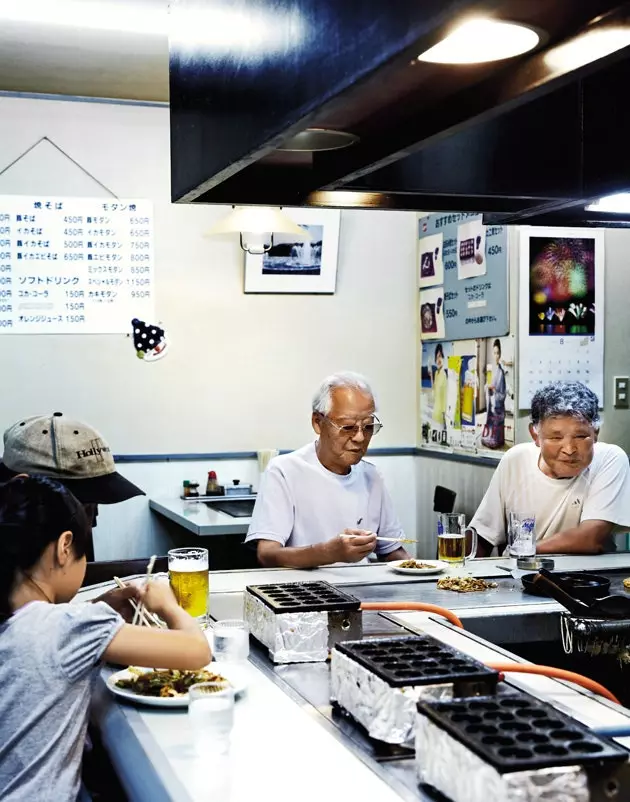
Ikuno Hondori Shotengai Restaurant
At this point, all that remained was to try a good takoyaki. I ask Nakagawa who serves the best in town. Not sure which one was the best, he claims to know someone who could do it. The next morning I head east from the St. Regis Osaka hotel. I cross the city towards another of the osaka shotengai . I love those shopping malls filled with ramshackle mom-and-pop stores that sell tofu and tea, wagashi (Japanese sweets), kimonos and sticky rice. This Karahori Shotengai is the place that houses the most famous dried seaweed shop in the city: Konbu Doi, as immortalized in Tetsu Kariya's gastronomic manga, Oishinbo.
The fourth generation of store owners, Junichi Doi , is in his early twenties and is something like the oracle of dashi. The best takoyaki? “They are just around the corner”, he gestures while smiling.
The place he recommends me, takoriki, It's not your typical takoyaki restaurant. Although it has a window through which several children shout their orders, inside it looks more like a high-end kappo restaurant. The takoyaki are simply perfect: feather-light balls with a tender octopus filling.
With my visit to Osaka drawing to a close, I am again left with a gnawing sense of regret for leaving me with untried dining experiences. I haven't mentioned the Kuromon market, for example, or Tsuruhashi, Koreatown, where I go when I feel the need for a touch of kimchi (fermented cabbage). One morning the chef Mitsutoshi Seito from the Ritz-Carlton takes me to Kuromon , the wholesale market where I got to drive a forklift (a dream I've cherished for years), taste amazing citrusy kin-kan (like a super-sweet kumquat), and drink hot sake for breakfast at excellent Endo Sushi.
My last night I did something special: I went to Kigawa Asai, my favorite kappo restaurant. There I sat enveloped in the nostalgia of the smoke of a man sitting next to me, at the long black lacquered bar, as I let myself be seduced by a menu that included crispy puffer fish skin, monkfish liver, fern starch mochis and entrails fermented in sea cucumber – with a gelatinous texture and a marine flavor – my new favorite food. At all times I could see the group of chefs in white jackets moving like swallows behind the bar.
At the end of dinner I turned to the businessman sitting next to me, who was sharing a bottle of Mersault with his young companion: "Great food," I tell him, puffing out my cheeks. Then he answers me: “Welcome to Osaka!” , as he raises his glass in a toast
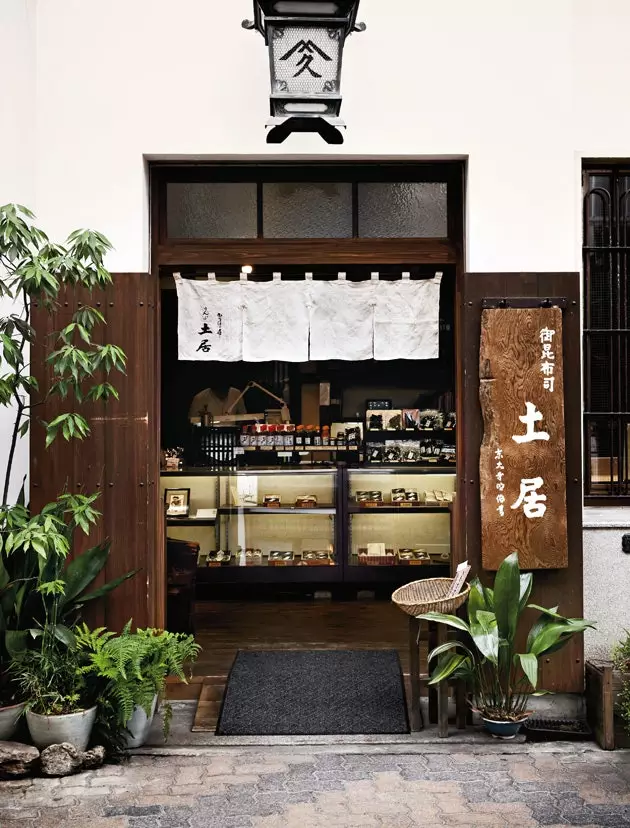
Konbu Doi Dried Seaweed Shop
